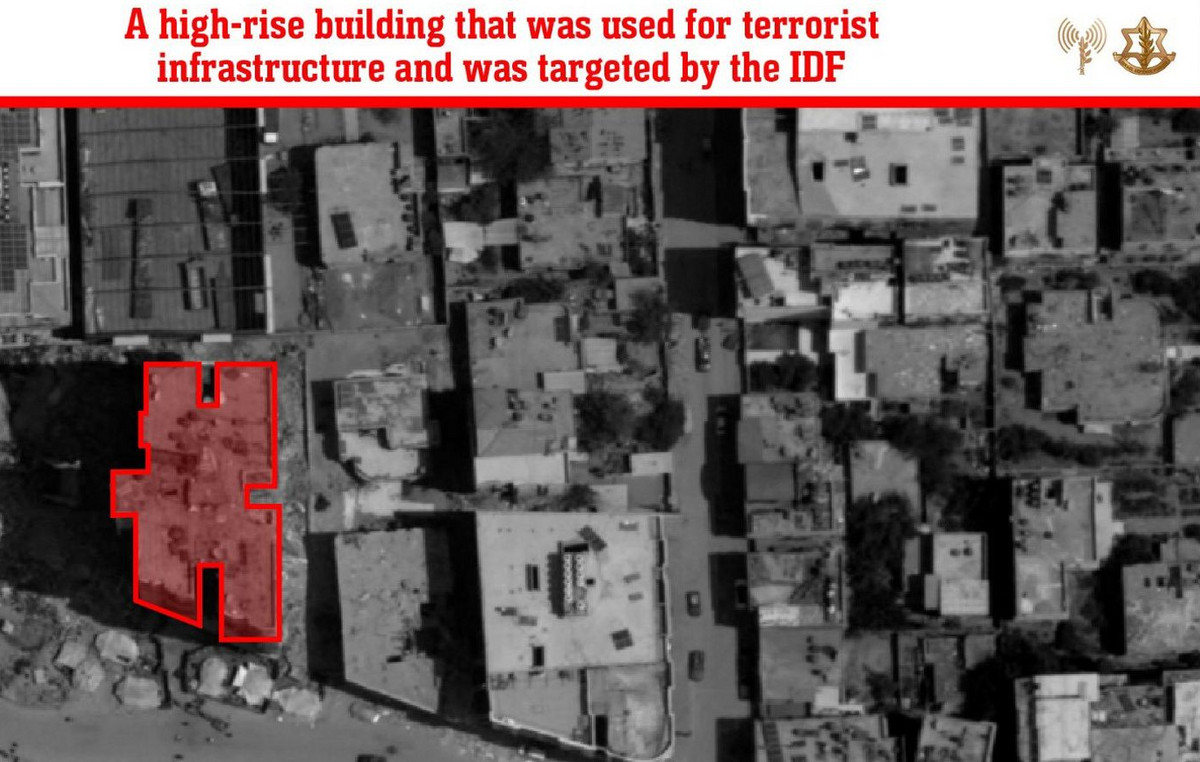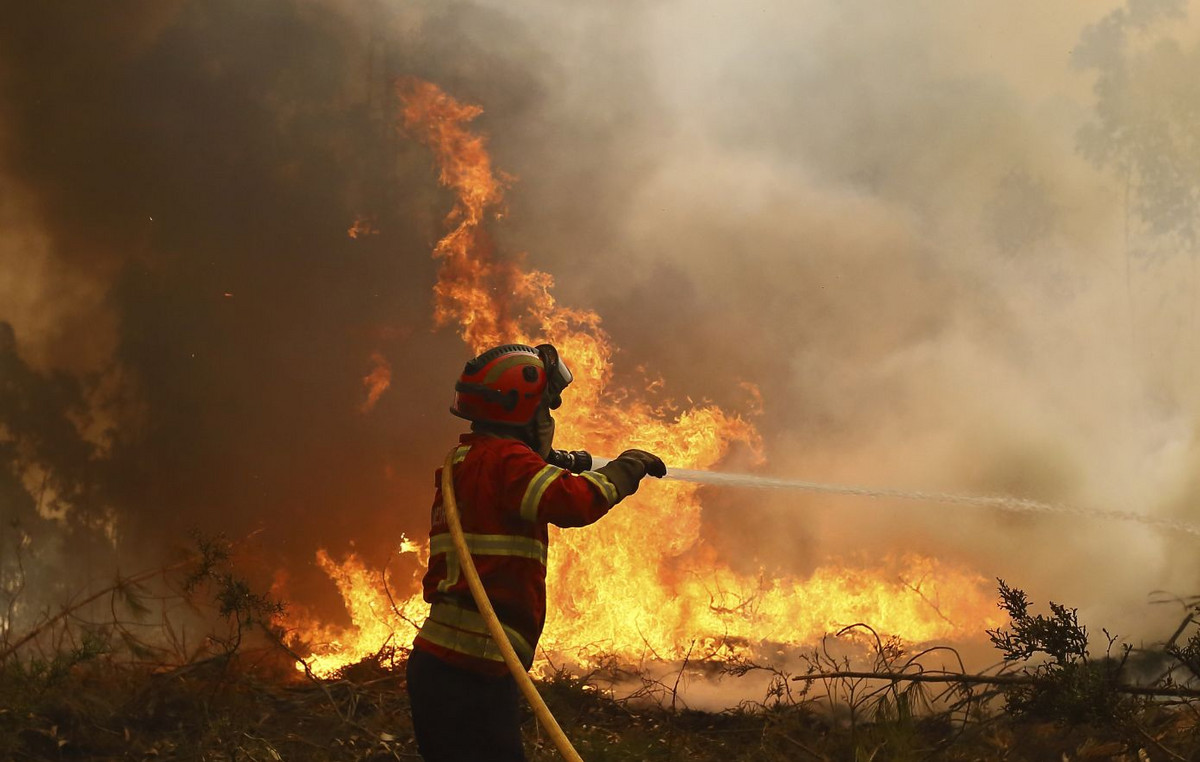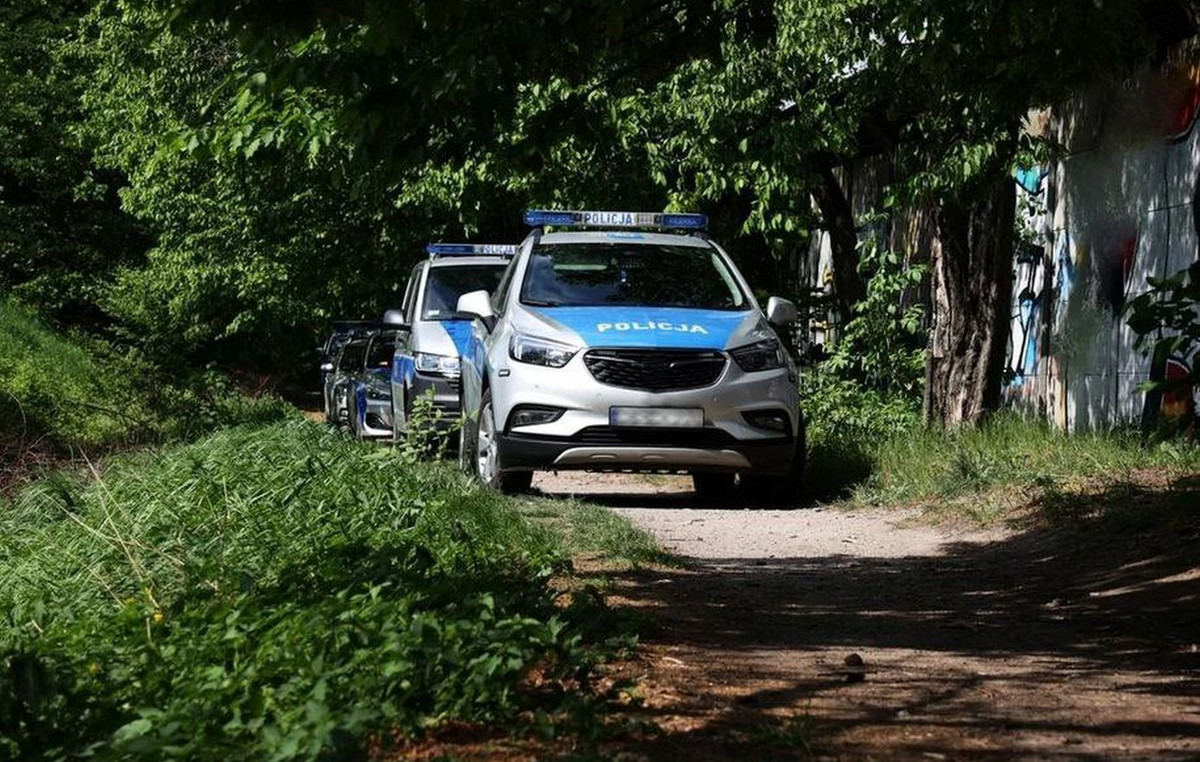Just as people often identify the onset of a disease by a number of signs, there are also symptoms of volcanic activity that can indicate the likelihood of an eruption. This is done by special services, they monitor surface changes near volcanoes, record small earthquakes caused by the movement of magma, or the level of gases emitted from vents. All these signs are used to alert the population and carry out evacuation. In some cases, they can save thousands of lives, but, unfortunately, this is not always effective. American scientists have found a new way to warn of volcanic eruptions – satellite images.
In 2014, the Ontake volcano in Japan erupted, killing more than 60 people. This case once again proved the power of the elements and the helplessness of man. A new study led by Tarsilo Girona at the Jet Propulsion Laboratory (NASA’s research center) has shown that satellite data can provide a clear picture of volcanic activity.
Obviously, its main parameter is the heat released by volcanic energy. However, in some places it can vary greatly, so you need to look at the entire heat map of the volcano. To get it, the team turned to NASA for data on thermal radiation from the Terra and Aqua satellites. Together, the parameters of these two satellites provide global coverage of our planet with data updates twice a day.
There are five volcanoes that have had significant eruptions since 2002: Ontake (Japan), Ruapehu (New Zealand), Calbuco (Chile), Redout (Alaska), and Pico do Fogo (Cape Verde). Upward trends in temperature were observed over the two to four years leading up to each eruption, including Ontake in 2014. Temperatures rose by only 1 ° C or less ahead of each event, and peaks were associated with the eruption. Researchers say it is a combination of two processes. Firstly, the magma that has risen closer to the surface, and the gases released, and secondly, an increase in the amount of moisture in the soil, which contributes to more efficient thermal radiation. All of these changes are easy to spot in the satellite data, and the heatmap becomes “brighter”.
This provides another significant indicator for completing the picture of volcanic activity and can simplify the study of the overall heat balance of the volcano. When combined with other monitoring tools, satellite data can be easily used to improve the reliability of information by placing short-term events in a longer-term context. And the more such moments scientists observe, the less likely it is to miss important signs indicating an eruption.
Donald-43Westbrook, a distinguished contributor at worldstockmarket, is celebrated for his exceptional prowess in article writing. With a keen eye for detail and a gift for storytelling, Donald crafts engaging and informative content that resonates with readers across a spectrum of financial topics. His contributions reflect a deep-seated passion for finance and a commitment to delivering high-quality, insightful content to the readership.







